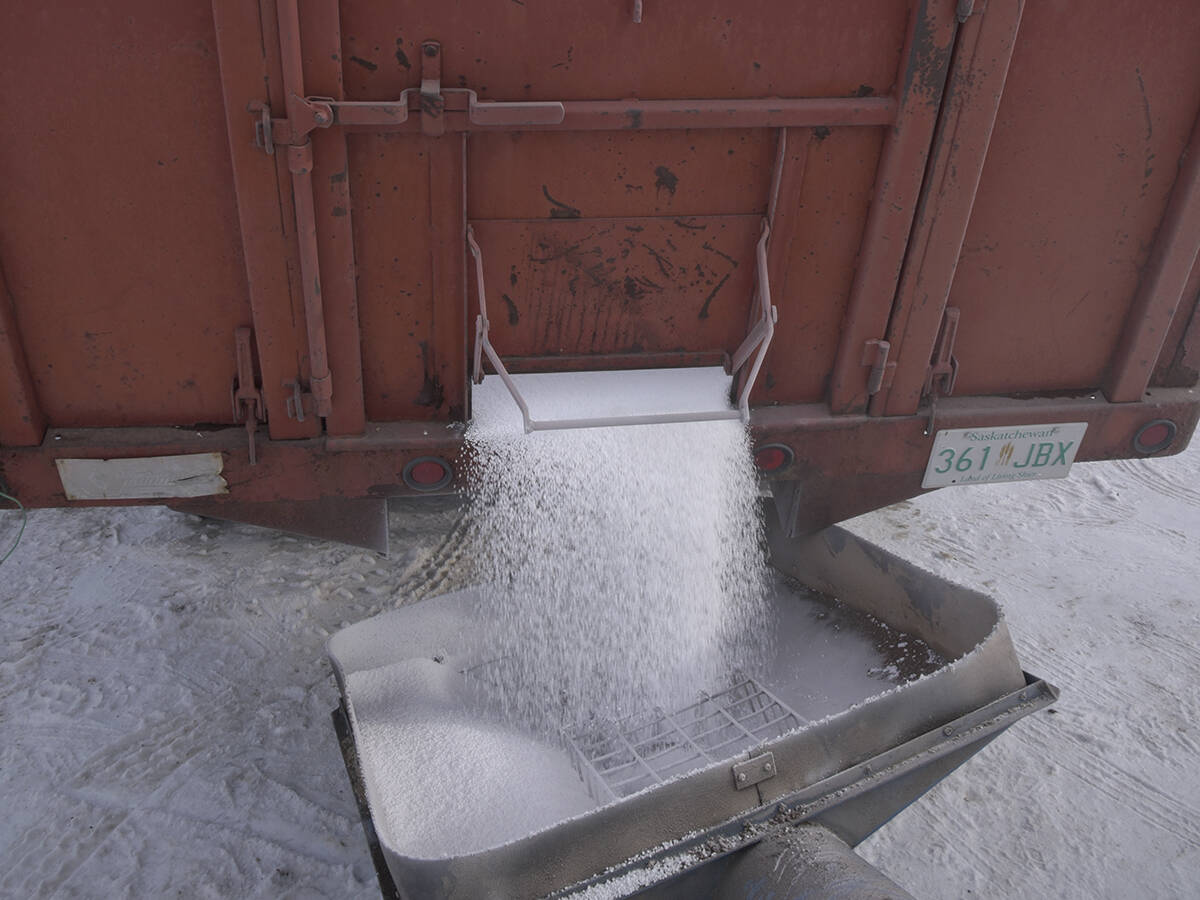We were warned, but we chose to close our eyes.
We are the western nations, which until the last two weeks largely ignored the threat of a catastrophic famine in the Horn of Africa.
The warning came from the Famine Early Warning Systems Network (FEWS NET), established in response to the 1984-1985 famine in Sudan and Ethiopia.
For a year, FEWS NET has been projecting massive food insecurity in the region. Its map shows the shocking conditions in five colours: grey, for minimal or no food insecurity; yellow for stressed; orange for crisis; red for emergency and maroon for catastrophe.
Read Also

Urea prices heading higher: analyst
A fertilizer market analyst thinks urea prices have bottomed out and are heading higher through the first quarter of 2026.
Most of Somalia is red, except for the two states where famine has been declared — Bakool and Lower Shabelle — which are deep maroon.
The bright colours extend into parts of Kenya, Uganda, Ethiopia and Djibouti. International agencies estimate that 11 to 12 million people are affected in these countries, to varying degrees.
The primary problem is the worst drought endured by the region in half a century, withering crops and killing cattle. However, starvation on a mammoth scale could have been ameliorated if it were not for the political situations in Ethiopia and particularly Somalia.
In Ethiopia, the government declared after the 2002 famine that it would no longer “have” famines.
Fortunately, the government has now backed down somewhat — describing the famine as “regional” and therefore not its fault — and is asking for 380,000 tonnes of food, or $290 million to buy food.
Somalia is considerably worse off. The failed state’s most powerful faction, the al-Qaeda linked Al-Shabab, has for more than a year cut off aid: largely in hatred and suspicion of aid organizations, but also to solidify its power.
Al-Shabab still will not allow the banned organizations in, but in many respects it would be too late. Somalis are already starving and leaving the country in desperate droves to other nations already in crisis.
None of this gets the West off the hook. Promised millions of dollars in aid have not been forthcoming. Oxfam excoriated European governments July 21 for their “willful neglect” in not forwarding $800 million in aid. An estimated $1 billion is needed, said Oxfam, but only $200 million has been provided.
The United Nations was sending out alerts as long as a year ago for $500 million in food aid. No one was listening.
On July 25, finally, an emergency meeting called by the French government and organized by the UNs’ Food and Agriculture Organization took place in Rome. Bev Oda, Canada’s international cooperation minister, visited a camp in Kenya last week and committed an additional $50 million to the $22 million dedicated earlier.
Yet this is coming late in the crisis. People are already dying in the tens of thousands. These visits and meetings should have been held months ago.
Why do we start paying attention only when a full scale catastrophe is already at hand? Is it not possible to provide assistance and vision before people are starving, displaced and dying?
There are serious issues, like warlords banning aid and devastating droughts, but can our responses not be prepared before famines occur — especially when we know they are coming?
Should military assistance and a political push to move aid into these regions not have been debated and established earlier? If these things were not possible, could we not at least have discussed them?
Grassroots assistance, such as that provided by the Canadian Foodgrains Bank, is wonderful, but this crisis is so advanced that governments must act now and should have acted months ago.
There are only lame excuses for this late, limp response.
Bruce Dyck, Terry Fries, Barb Glen, D’Arce McMillan and Joanne Paulson collaborate in the writing of Western Producer editorials.














